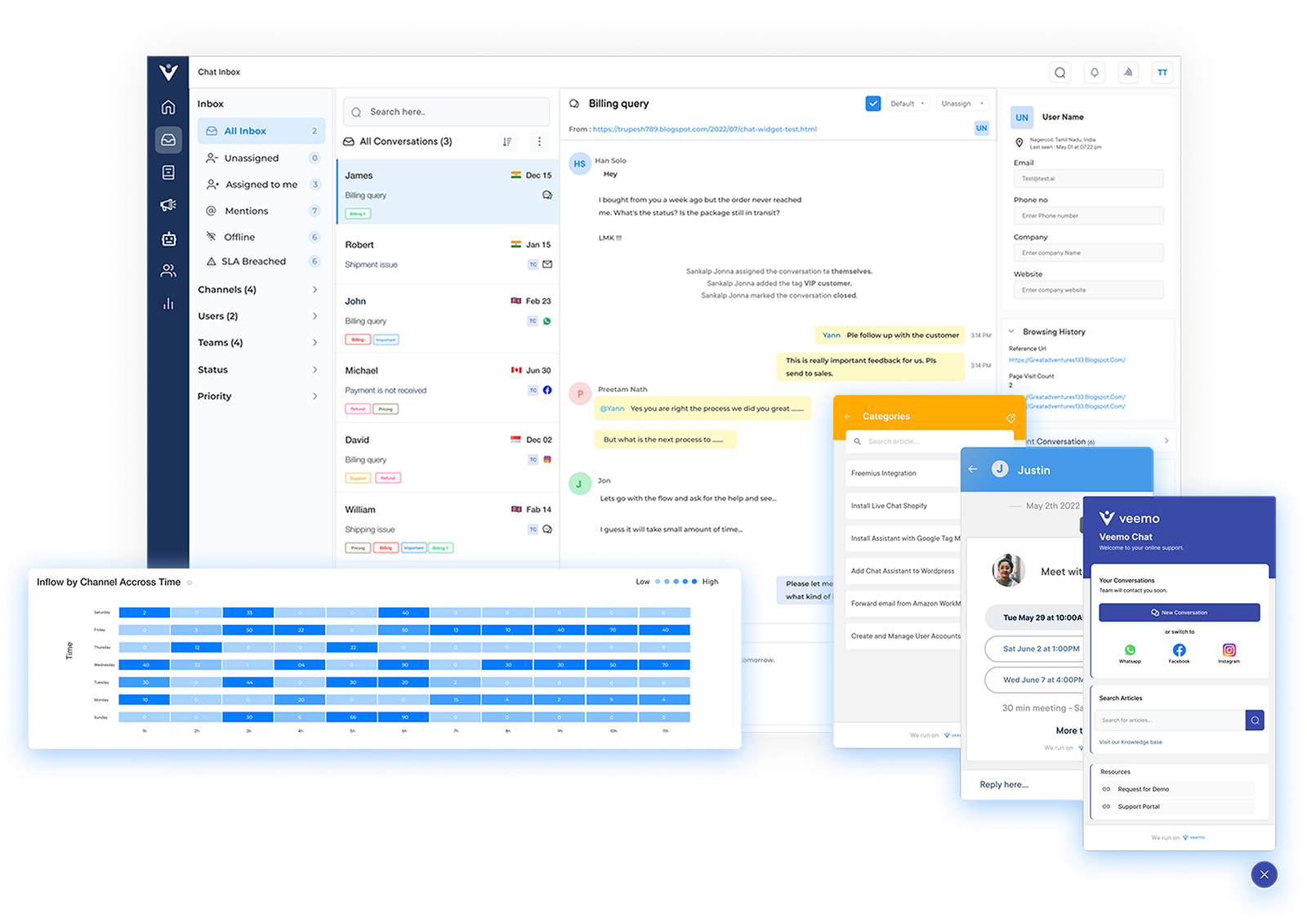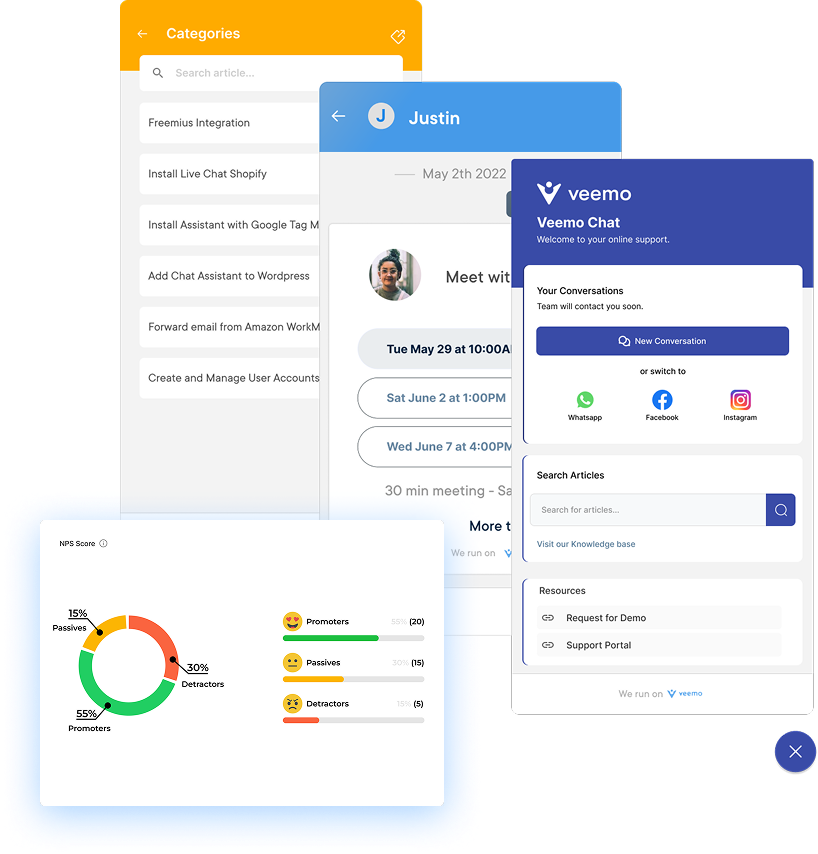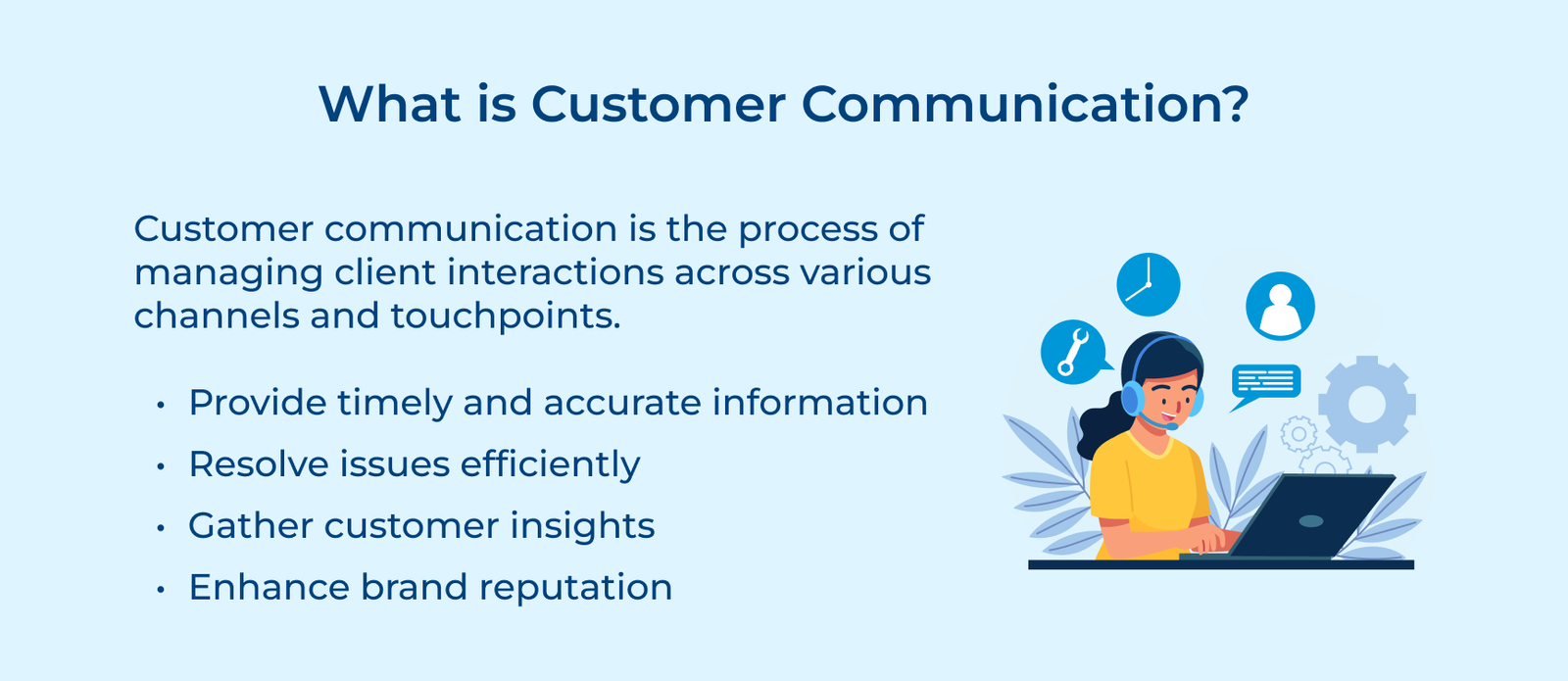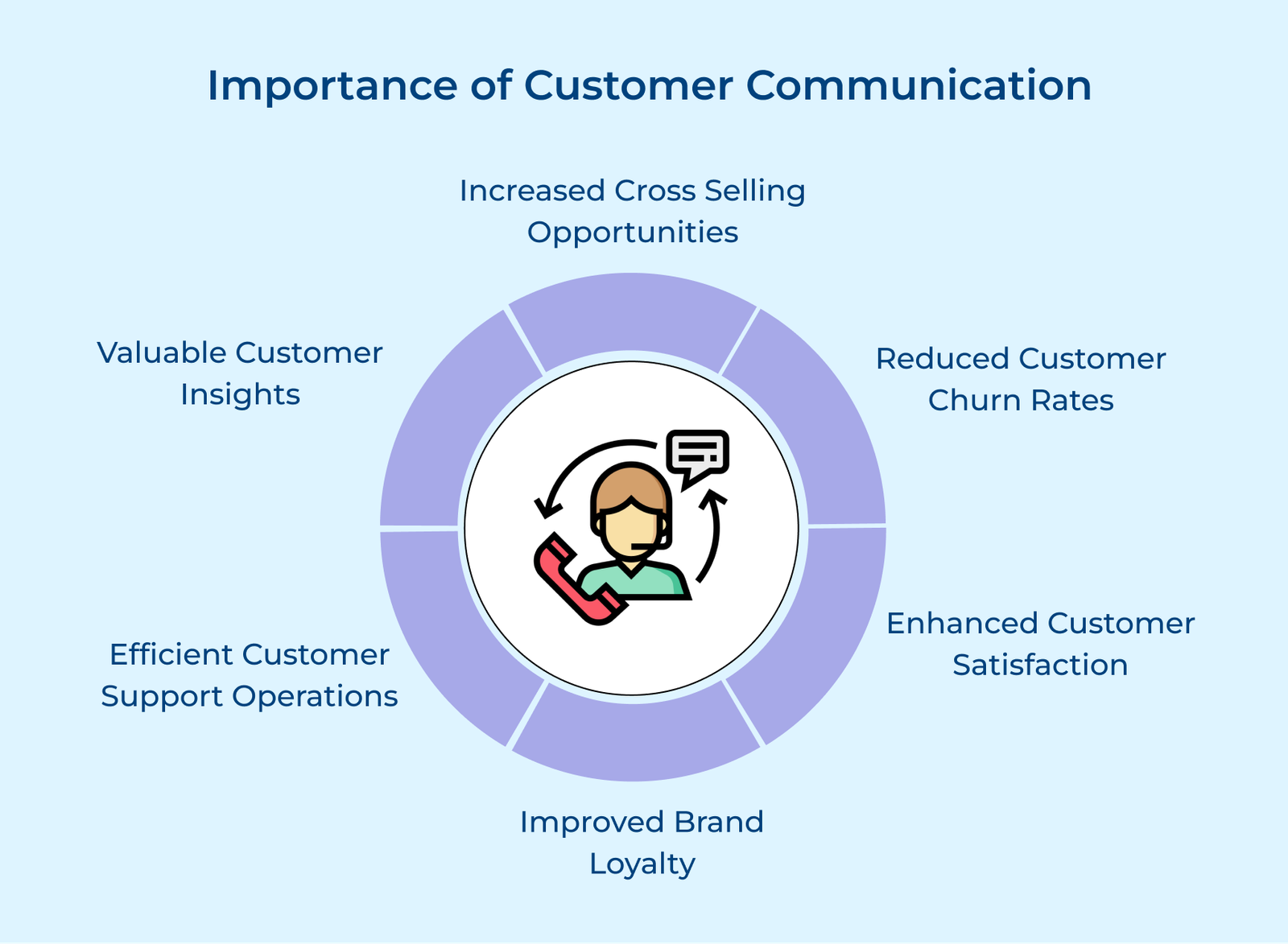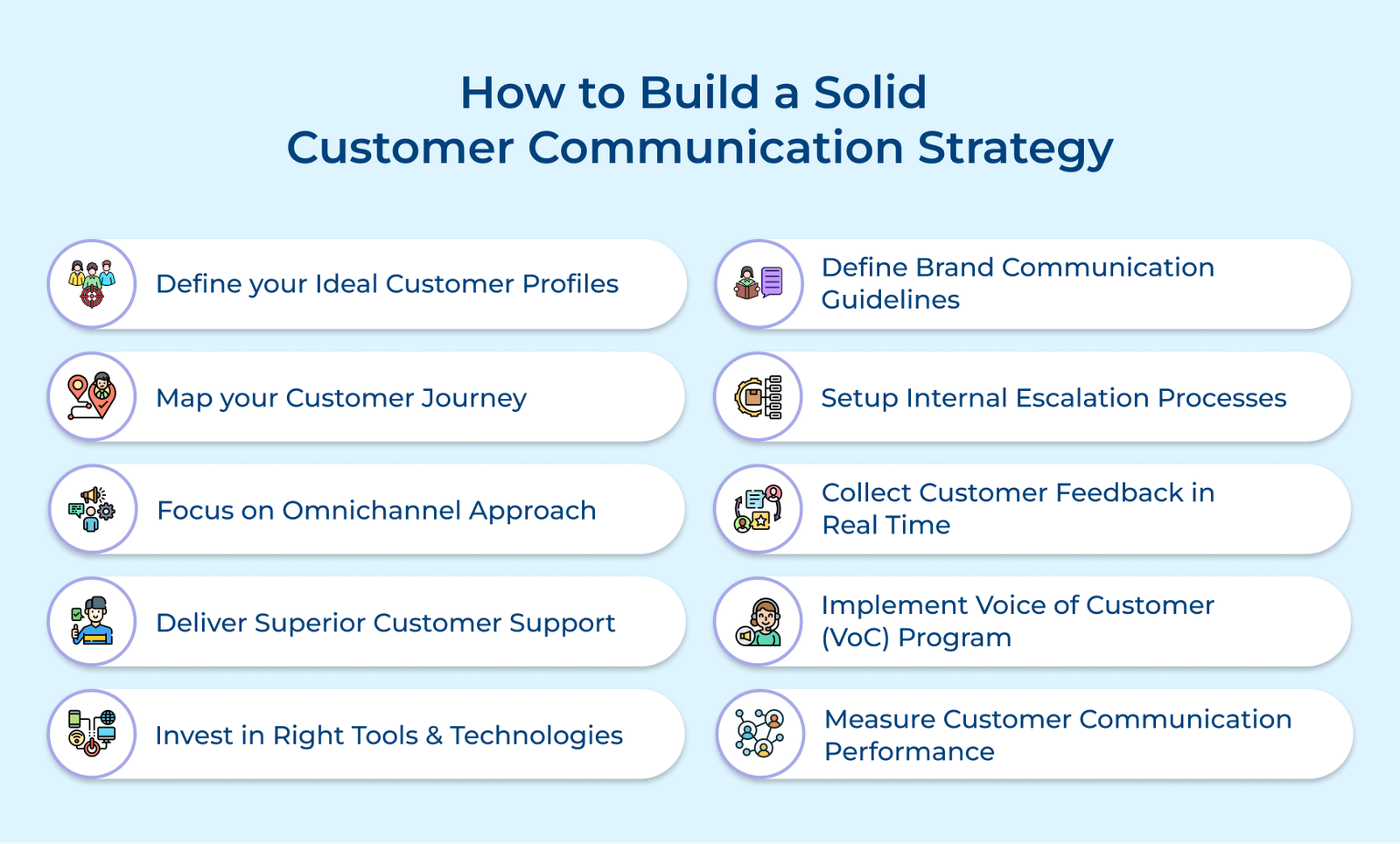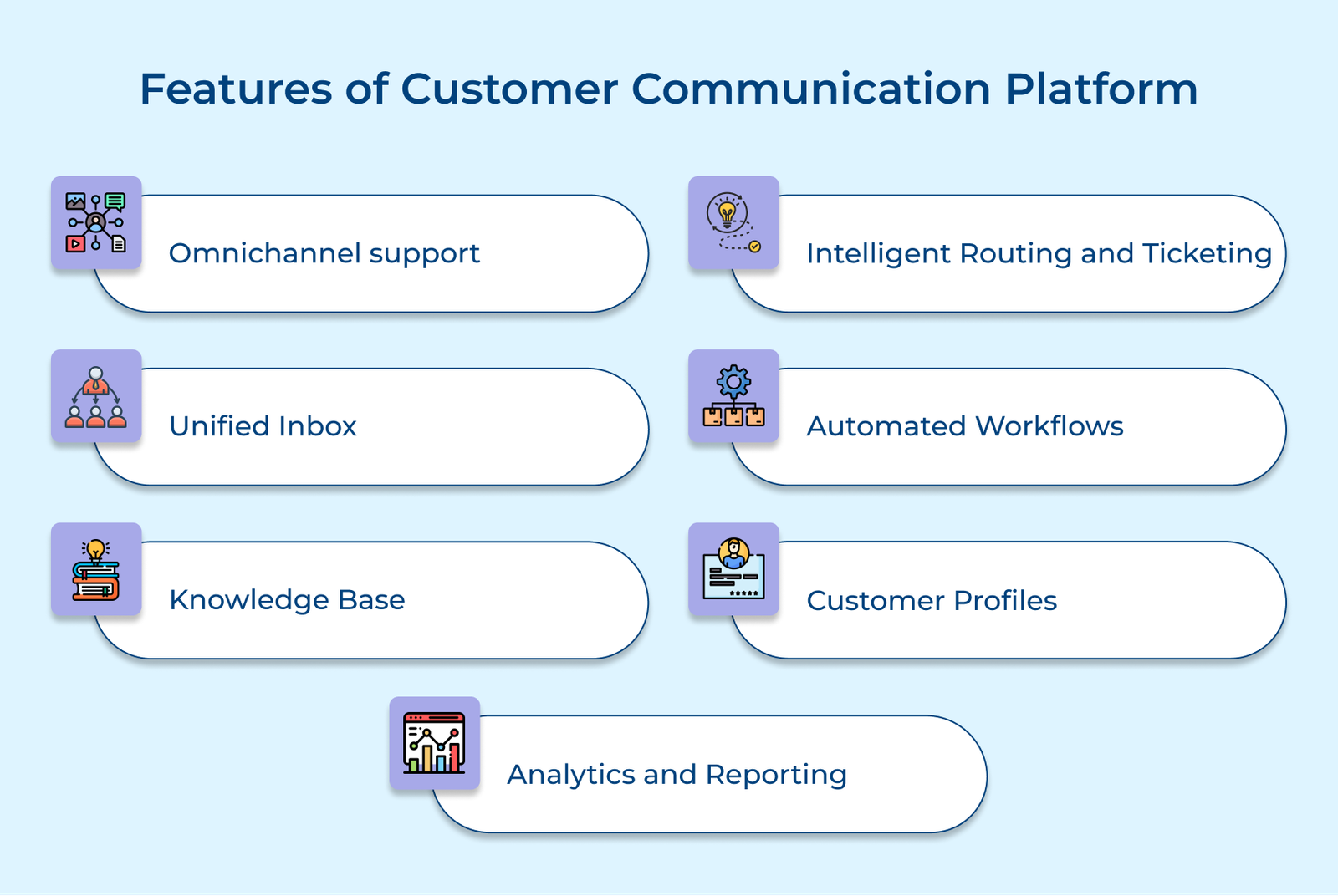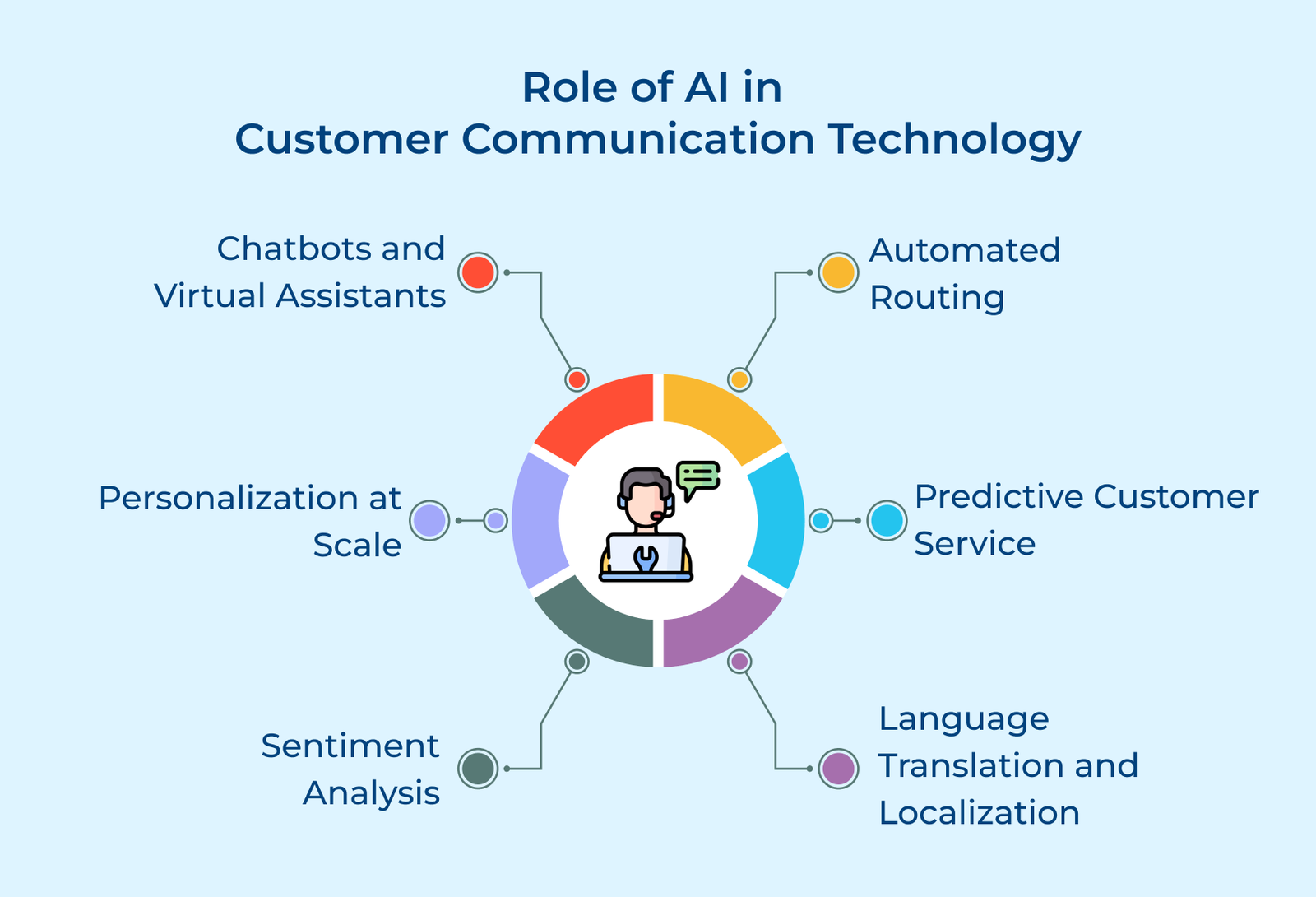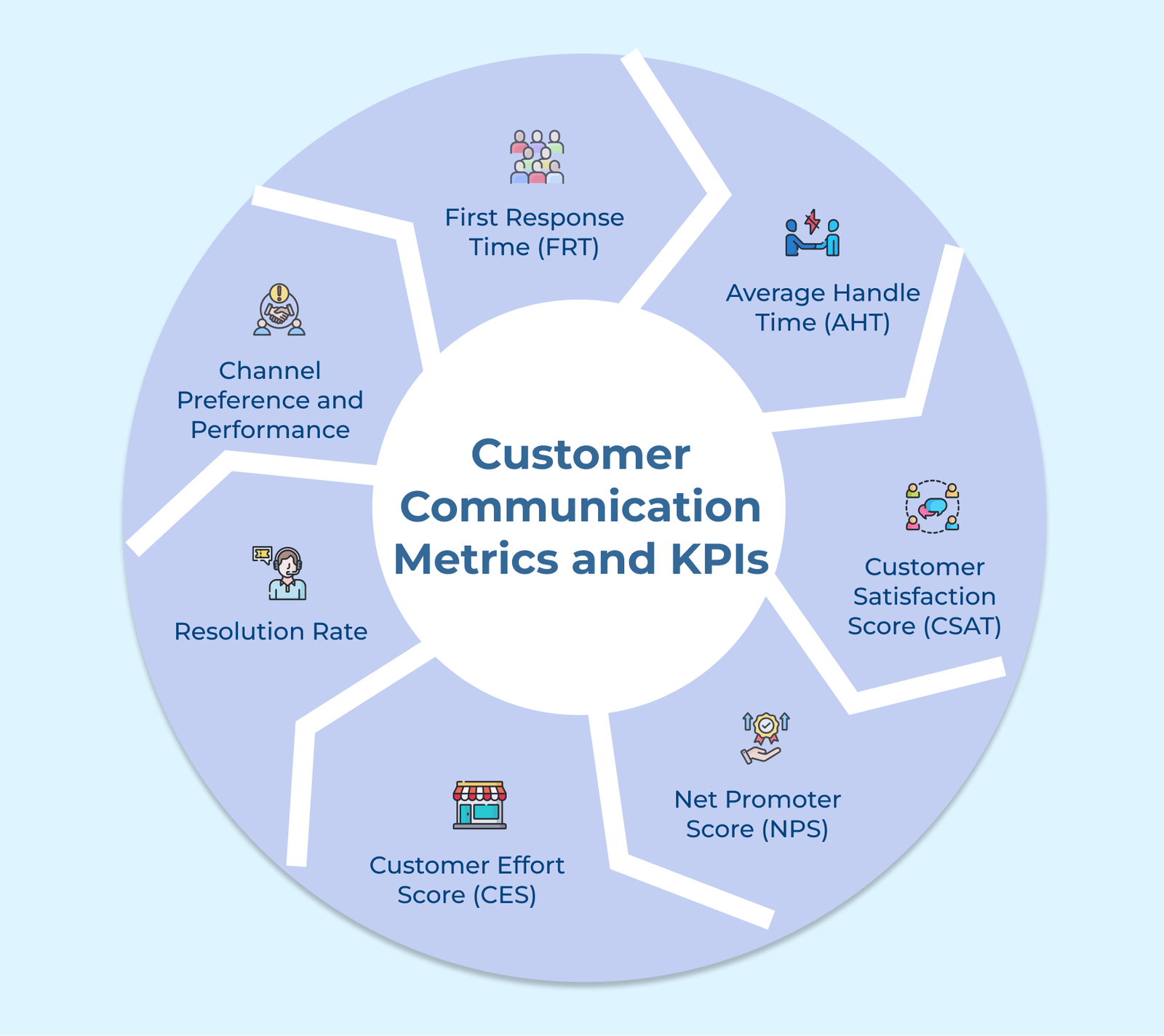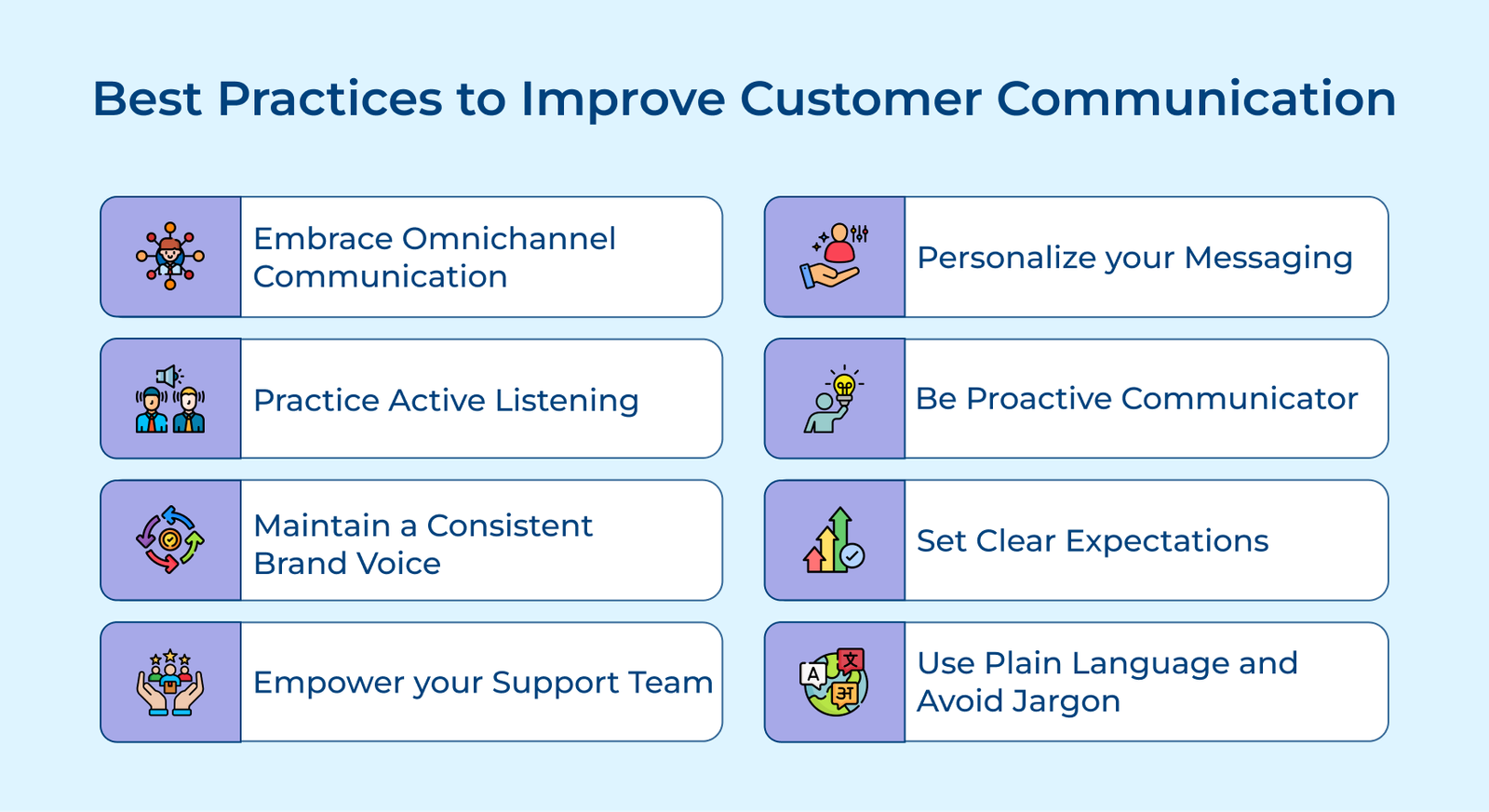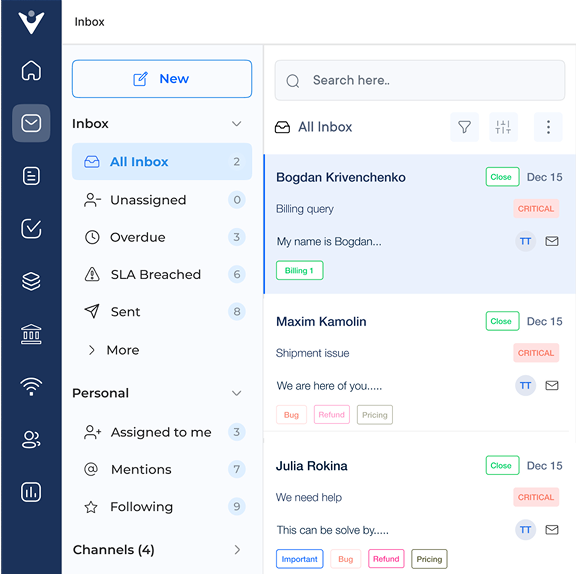1. Define your Ideal Customer Profiles
Understanding your customer personas (ICPs) involves creating detailed profiles of your ideal customers, including demographics, behaviors, goals, and pain points. They serve as a guide for business decision making and segmenting them for tailored communications.
ICPs allow businesses to focus their resources on attracting as well as retaining the most profitable customers, improve product development, and enhance customer experiences.
Best practices:
- Conduct thorough market research using surveys, interviews and data analysis to ensure your personas are based on real customer insights rather than assumptions.
- Regularly update & refine your personas as market conditions and customer behaviors change, keeping them actionable for your business strategies.
- Involve cross functional departments in creating personas to ensure a unified approach across your organization, from marketing as well as sales to product development and customer service.
2. Map your Customer Journey
Customer journey mapping is a strategic process that visualizes every interaction a customer has with your brand, from initial awareness to post-purchase support. It creates a comprehensive overview of the customer experience, highlighting touchpoints, and pain points throughout.
The approach is crucial because it provides insights into customer behavior, preferences, and needs. By understanding the entire customer journey, businesses can identify areas for improvement, streamline processes, and create more personalized communication strategies. It leads to enhanced customer satisfaction, increased loyalty, and improved business performance.
Best practices:
- Gather diverse data: Combine quantitative metrics with qualitative feedback from customers and employees to create a holistic view of the journey.
- Involve cross-functional teams: Include representatives from various departments to ensure a comprehensive understanding of all touchpoints and collaborate to improve customer experience across the entire organization.
- Regularly update and refine: Customer journeys evolve over time, so continuously update your map to reflect changing customer behaviors, new technologies, and market trends.
3. Focus on Omnichannel Approach
Omnichannel strategy integrates multiple channels seamlessly to provide a consistent and unified customer experience, allowing them to interact with a brand through their preferred channels. It also allows companies to gather comprehensive data on customer behavior, enabling more targeted marketing and improved service delivery.
Best practices:
- Ensure data integration across all channels to maintain a single, up-to-date view of each customer, enabling personalized interactions regardless of the touchpoint.
- Invest in technology that supports seamless transitions between channels, allowing customers to start an interaction on one platform and continue it on another without losing context.
- Train staff to provide consistent messaging and service quality across all channels, empowering them with the tools as well as knowledge to deliver a unified brand experience.
4. Deliver Superior Customer Support
A great customer support involves anticipating customer needs, responding promptly to inquiries, and resolving issues efficiently. It also provides useful insights into customer preferences and pain points, enabling companies to improve their products/services.
Best practices:
- Offer omnichannel assistance across multiple platforms to meet customers where they are and provide seamless experiences across all touchpoints.
- Provide comprehensive training and tools to customer support representatives, ensuring they have the knowledge as well as authority to resolve issues quickly.
- Use customer data to tailor support experiences, addressing customers by name and referencing their history with the company to create more meaningful interactions.
5. Invest in Right Tools & Technologies
A brand can only scale its customer communication if they invest in modern technological solutions like live chat software. It enhances the ability to communicate across various channels, analyze customer data, and provide personalized experiences.
The tools also help to automate routine tasks with predefined templates and by leverage on knowledge bases to improve customer self service.
Best practices:
- Identify your objectives and KPIs before selecting tools, ensuring they align with your specific business requirements as well as integrate well with existing systems.
- Prioritize user-friendly tools and provide comprehensive training to staff to ensure maximum adoption as well as utilization of the new technologies.
- Regularly evaluate the performance of implemented tools, gather feedback from both customers as well as employees, and be prepared to switch to better solutions as needs evolve.
6. Define Brand Communication Guidelines
Brand guidelines are a strategic process of establishing a consistent set of rules for how a company communicates with its customers across all platforms and touchpoints. These guidelines typically cover tone of voice, messaging style, visual elements, and core brand values.
Consistent communication builds trust, enhances brand recognition, and creates a cohesive customer experience. It also helps employees understand how to represent the brand effectively, leading to more authentic and aligned customer interactions.
Best practices:
- Involve key stakeholders from different departments in developing the guidelines to ensure they’re reflective of the entire organization’s needs and goals.
- Create a clear, accessible document that outlines the guidelines in detail, including examples of dos and don’ts for various communication scenarios.
- Conduct regular training sessions and provide ongoing support to ensure all employees understand as well as can effectively apply the guidelines in their customer interactions.
7. Setup Internal Escalation Processes
Having clear protocols and internal processes is about creating a structured system for routing complex customer issues to appropriate higher-level staff or subject matter experts. Proper escalation processes demonstrate a company’s commitment to customer satisfaction and can turn potentially negative experiences into positive ones, enhancing customer loyalty.
Best practices:
- Clearly define escalation criteria and levels to ensure consistency in handling issues and help staff identify when to escalate.
- Implement a robust help desk system to track escalated issues, including their status, and resolution progress to maintain accountability.
- Ensure all staff understand the escalation process, their roles, and how to communicate effectively at each stage to maintain process effectiveness.
8. Collect Customer Feedback in Real Time
Customer feedback helps brands address negative issues promptly and demonstrates that customer opinions are valued, creating a sense of engagement as well as partnership. Collecting customer feedback in real time is a strategy that involves gathering immediate opinions from customers during or immediately after their interaction with a company.
The approach allows businesses to capture fresh, unfiltered insights while the experience is still vivid in the customer’s mind. Hence, the strategy is important because it provides timely, accurate data that can inform quick decision-making and improvements.
Best practices:
- Use multiple channels for feedback collection, such as in-app surveys, chatbots, or SMS, to make it convenient for customers to share their thoughts.
- Keep feedback requests brief and focused, asking only the most pertinent questions to increase response rates while ensuring customers don’t feel burdened by lengthy surveys.
- Implement a feedback tool to enable your team to act quickly on insights and close the loop with customers, showing them their input leads to tangible improvements.
9. Implement Voice of Customer (VoC) Program
Voice of Customer (VoC) Program involves gathering customer experiences through various channels such as surveys, interviews, social media monitoring, and customer support interactions. A well-executed VoC program can lead to reduced churn, make data-driven decisions and incentivize your customers to turn them into brand advocates.
Best practices:
- Incorporate VoC data into key business processes, ensuring that customer feedback influences product development, marketing strategies, and overall business planning.
- Implement multichannel feedback methods to capture a comprehensive view of customer sentiment and ensure you’re reaching customers through their preferred channels.
- Act on the insights gathered and communicate changes back to customers, creating a sense of partnership.
10. Measure Customer Communication Performance
Customer communication KPIs make all your actions accountable by measuring its impact across various business objectives. It helps in allocating resources efficiently, training staff effectively, and eventually improving the bottom line through better customer retention as well as word-of-mouth marketing.
Best practices:
- Select KPIs that align with your business goals and customer expectations. Regularly review and adjust them to provide actionable insights.
- Regularly review performance data with key stakeholders and create action plans based on the findings. Implement a continuous improvement cycle, testing new strategies while measuring their impact on performance metrics.




